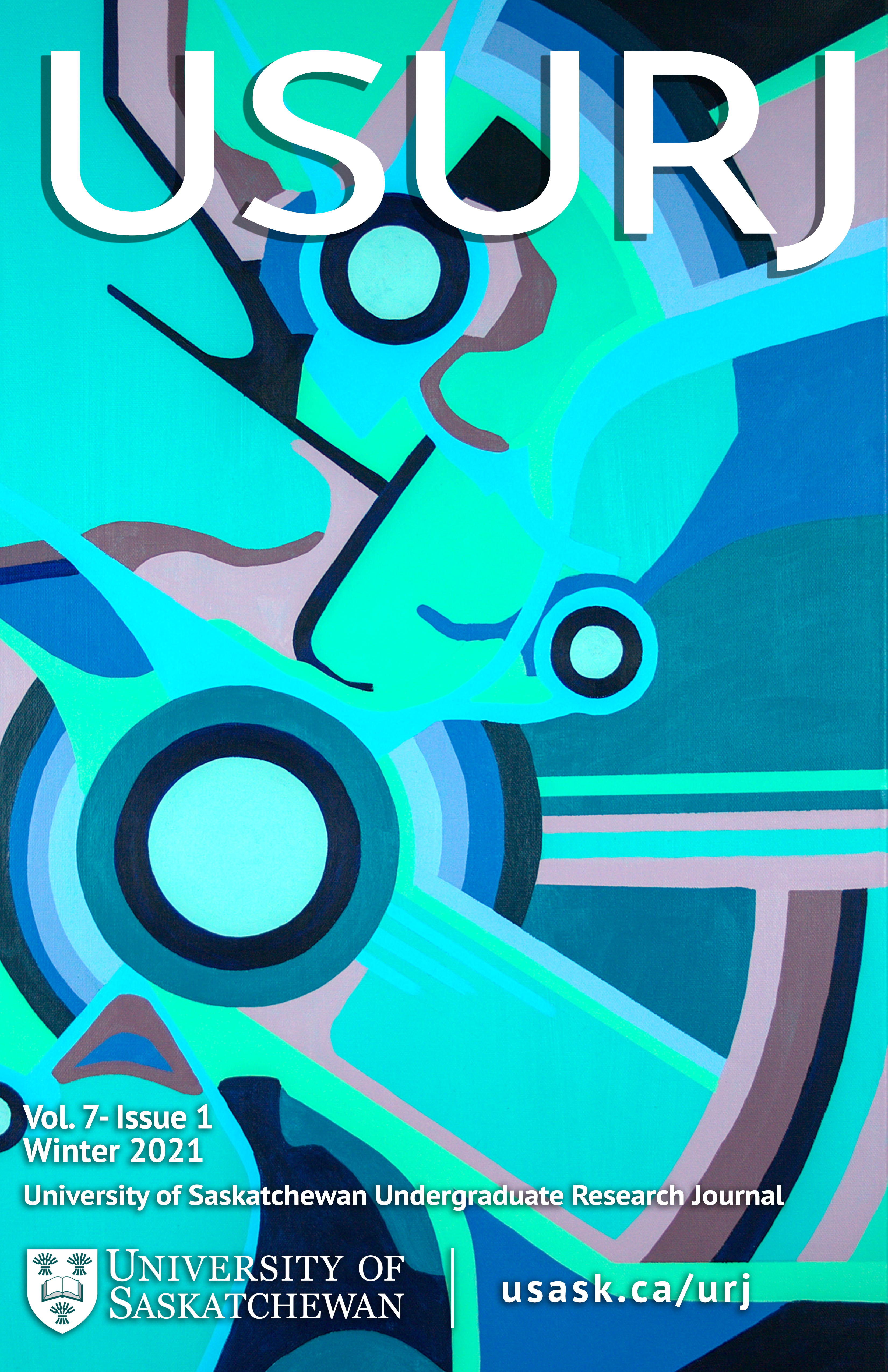Louis Jullien A Visionary of Nineteenth Century Conducting
Main Article Content
Abstract
Well known for his extravagant appearance, Louis Jullien (1812-1860), a prominent conductor in England, programmed concerts that were entertaining and accessible to the public. During the nineteenth century, conductors began to take responsibility for the artistic and musical direction of their concerts. Jullien’s concerts included dance, choral, and classical music to appeal to a variety of tastes. His theatricality on the podium and use of a baton captivated his audiences, while his distinctive conducting personality contributed to the visual appeal of the concert experience. Audience members and musical reviewers alike were attracted to the spectacular display at Jullien’s concerts.
Through the examination of articles in the Musical World, the most important London-based music periodical published in Jullien’s time, and Romantic orchestral scholarship, this research investigates Louis Jullien’s role as a conducting figure. While Adam Carse has described the biographical accounts of Jullien’s life and Holly Mathieson has examined the artistic representations of Jullien and has interpreted his conducting as militaristic and magical, scholars have not yet examined the sublime in the reception of Jullien’s performance. Jullien’s virtuosic self presentation and performance behaviour inspired responses that drew upon the language of the sublime and influenced how he was received as a visionary figure. His status as a visionary was further developed by his innovations as a conductor.
Downloads
Article Details
Section
Articles: USURJ’s current Publication Agreements apply a Creative Commons Attribution-NonCommercial License (CC-BY-NC) by default. The CC BY-NC license lets others remix, tweak, and build upon work non-commercially. The author(s) can choose a different CC license, as outlined in https://creativecommons.org/about/cclicenses/. Please see the PDF for each article to determine what license is applied to that article. Author(s) can also request to reserve all copyright (All Rights Reserved). If there is no indication for articles published before September 2020, assume the author retains all rights beyond those necessary for publication by USURJ. All articles published after September 2020 will apply one of the aforementioned CC licenses. See the Publication Agreement under the Submission Preparation Checklist or Author Guidelines for more information. Artwork: All copyright for the original artwork remains with the artist unless they wish to apply a Creative Commons (CC) license to the artwork. Please see the PDF for each artwork to determine what license is applied to that artwork.
